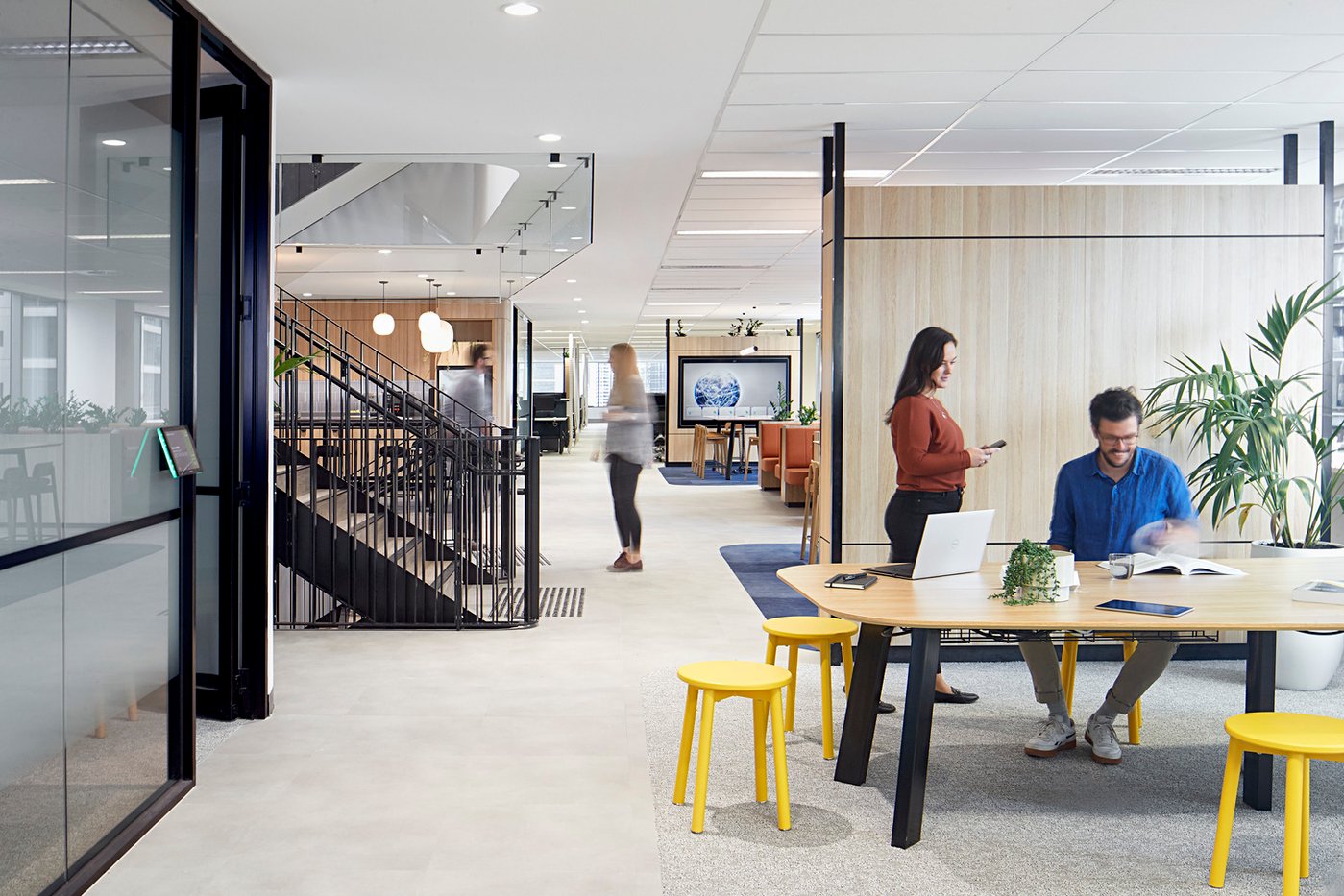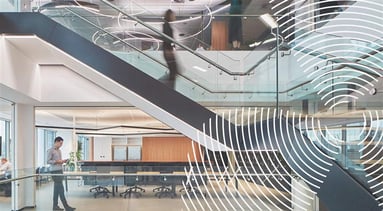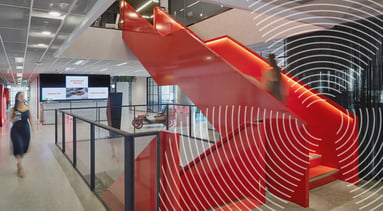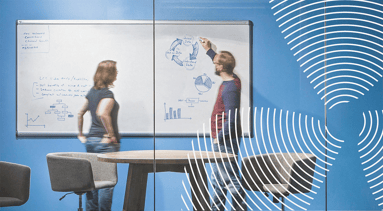
It's no secret that organisations today are competing for talent, being measured in ways that have never been at play. Understanding the human drivers that influence employee experience will give leaders the upper hand in elevating their competitiveness, with successful employee experience a big differentiator in the war for talent.
Flexibility and employee experience go hand in hand and can be key to employee motivation and engagement. If people don’t feel that they have choice or autonomy, that’s when they may start to disengage and contemplate other employment options.
While hybrid work is not without its challenges, it’s fair to say that post-Covid, employees are expecting to retain some of the benefits of greater flexibility. This was reflected in our own WorkReady data, an ongoing survey of our clients that demonstrates the key benefits and challenges that can contribute to choices of where to work. These results reflect our WorkReady data, which surveyed 8,500 clients from 32 organizations across Australia and New Zealand from May 2020 to April 2022.
We asked respondents “What are the benefits of working remotely?” their top 3 responses were:
-
Reduced time and cost of commuting – 98.1%
-
Ability to meet personal commitments/work-life balance – 92.2%
-
Easier access to wellbeing activities - 89.3%
We asked respondents “What are the benefits of being in the office?” their top 3 responses were:
-
Building social connections and professional networks – 87.5%
-
Ease of bouncing ideas of others – 86.1%
-
Face-to-face collaboration is more effective – 76.1%
Workers have become accustomed to a lifestyle where work and life have become more closely integrated, and where many of us are trusted to decide where and how we work from minute to minute and how to best manage our responsibilities. Employers who aren’t offering choice and autonomy are beginning to see their staff reconsider their options, with flexibility now valued by many as more important than remuneration, to the point that it’s become a key lever in attracting top talent.
We asked respondents “What are the challenges of working remotely?” their top 3 responses were:
-
Feeling socially disconnected from colleagues – 79.9%
-
Lack of team connection - 77.9%
-
Difficulty switching off outside of work hours – 72.6%
We asked respondents “What are the challenges of being in the office?” their top 3 responses were:
-
Unable to concentrate at my desk due to noise and interruptions – 82.7%
-
No space to rest/recharge/destress - 72.8%
-
Inability to stay active / exercise during the day – 68.3%
This gives us an understanding of employee sentiment. Successfully balancing these needs with your business plan drivers is the key to competitiveness in the war on talent.
The companies who we’ve helped to successfully determine their post-Covid workstyles have gone on a journey to understand:
-
Business direction and objectives from leaders
-
How employees work now – and how they would ideally like to work
-
Which aspects of their existing space they could keep, toss, or create to support this
-
The extent to which their time is, or could be structured
-
Which unique conditions will create or maintain a high-performance culture
Our strategy discovery sessions are key to this level of understanding. This is where we interview key staff, conduct WorkReady surveys, consider change readiness and space calculations and make detailed recommendations.
When it comes to the desire to return to the office, we’ve found that the most important thing is data gathering – and we can help you with this simple first step. We’ll work with you to develop a detailed understanding of your needs, underpinned by a people-centered philosophy. Learn more about our strategy offering.


